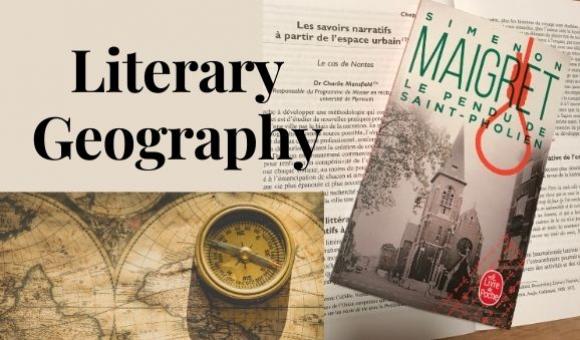
Growing up in the English peaks in the 1950s meant that towns with bookshops were inaccessible. Or at least, rare treats. Our railway station network lost its regular services a year before I was born and they finally closed the main station on 7th October 1963. This lack of literary access made me appreciate how readers must have felt on 1st August 1959 when Furet du Nord opened on Grand’Place in Lille. Furet, formerly a ferret fur shop, became the biggest bookshop in the world. If you had lived in Mouscron it was only 20 minutes by train into the station of Lille-Flanders. A great literary destination had emerged in people’s imaginative geographies, blurring the border. The book and the train were made for each other. On the journey back into Wallonia I would not have resisted. I’d have taken my new book from its Furet wrapping and savoured the first page. A copy of Simenon’s Maigret story that opens on a train journey at five in the afternoon. Night was falling and the lamps were already lit.’ Slowly you would begin to wish you lived further down the line so that you could spend longer in the story. Literary geography shrinks and expands space at the same time.

